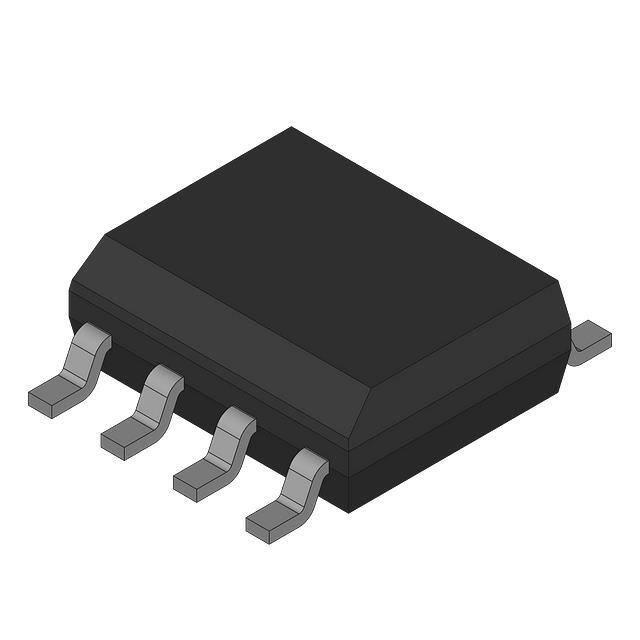The D882 Transistor: Your All-in-One Solution for Amplification and Switching
In the ever-evolving world of electronics, where performance, size, and versatility matter, the D882 transistor emerges as a shining star. Compact yet powerful, this NPN bipolar junction transistor (BJT) is a cornerstone for countless low-power applications. Let’s embark on a journey to discover what makes the D882 a trusted companion for engineers, hobbyists, and innovators alike.

Meet the D882 Transistor
The D882 transistor isn’t just another electronic component—it’s a versatile workhorse tailored for general-purpose amplification and switching. Built with three layers of semiconductor magic, it comprises three terminals: emitter (E), base (B), and collector (C). Its ability to handle moderate currents and voltages makes it a perfect fit for low-power designs, ensuring reliability and ease of use in various projects.
Key Specifications of the D882 Transistor
To truly appreciate its capabilities, here’s a quick glance at what the D882 transistor offers:
- Collector Current (Ic): Up to 3 Amperes
- Collector-Emitter Voltage (Vce): 40 Volts
- Collector-Base Voltage (Vcb): 60 Volts
- Emitter-Base Voltage (Vbe): 5 Volts
- DC Current Gain (hFE): Between 35 and 240
- Power Dissipation: 1.25 Watts
- Transition Frequency: ~3 MHz
With such specifications, the D882 can tackle a wide array of tasks, from amplifying weak signals to switching power efficiently.

Why Choose the D882 Transistor?
1. Tailored for Everyday Needs
Designed for low-power applications, the D882 delivers reliable performance without breaking a sweat. Its compact form factor ensures it fits snugly into tight circuit layouts.
2. A Cost-Effective Workhorse
Budget constraints? No problem. The D882 balances cost and capability, making it a preferred choice for budget-conscious projects.
3. Versatility in Design
Whether you’re building audio amplifiers, motor controllers, or LED drivers, the D882 adapts effortlessly. Its NPN configuration allows current flow with a simple voltage trigger at the base, unlocking its potential for diverse applications.
4. Wide Availability
Being widely produced by various manufacturers ensures you won’t struggle to find a D882 transistor when you need one
Pinout and Configuration

Understanding the pinout is crucial for integrating the D882 transistor into your circuit:
- Emitter (E): Connects to the ground or negative side of the circuit.
- Collector (C): Links to the load or positive supply.
- Base (B): Controls the transistor's operation, typically connected through a resistor to a microcontroller or signal source.
This straightforward configuration simplifies circuit design, allowing even beginners to utilize the D882 effectively.
Substitute Options for the D882
If the D882 is unavailable, don’t fret. There are several equivalents to keep your project on track:
- 2SD882: A direct replacement with identical specifications.
- MJE340: An NPN transistor with comparable performance.
- C945: A viable option for low-power applications.
- BC327: A PNP alternative for complementary configurations.
Each substitute brings unique features, offering flexibility in component selection.
Applications: Where the D882 Shines
1. Amplification
At its core, the D882 is a stellar signal amplifier. It enhances weak signals with precision, whether they’re from a microphone, sensor, or other input device. From audio preamps to driving speakers, the D882 delivers clean, amplified signals.
2. Switching Circuits
Need an efficient switch? The D882 is your go-to transistor. It controls electrical loads like motors, LEDs, and relays, ensuring efficient current management with minimal power loss.
3. Oscillator Circuits
Creating periodic waveforms is a breeze with the D882. Its role in oscillator circuits makes it an integral part of clock generators and timing applications.
4. Voltage Regulation
As a series pass element in voltage regulators, the D882 maintains stable output voltages, protecting sensitive components and ensuring consistent performance in battery chargers and power supplies.
The Magic Behind Its Popularity
The D882 transistor isn’t just about specifications; it’s about possibilities. Its adaptability across applications, combined with ease of use and affordability, makes it a staple in electronics. From academic projects to professional designs, the D882 empowers creators to build, innovate, and excel.
Unlock More Insights: The Datasheet
For those who crave deeper technical details, the D882 datasheet is a goldmine. It offers comprehensive insights into electrical characteristics, pin configurations, and design guidelines, ensuring you make the most of this powerhouse component.
Conclusion: The Unsung Hero of Electronics
In the grand symphony of electronic components, the D882 transistor plays a vital role. Whether amplifying signals, switching loads, generating oscillations, or stabilizing voltages, its contributions are both impactful and indispensable.
For hobbyists tinkering with circuits or engineers crafting cutting-edge designs, the D882 transistor stands as a testament to reliability, versatility, and innovation. Compact yet powerful, cost-effective yet capable—this is the D882 transistor, the ultimate enabler for your electronic dreams.


